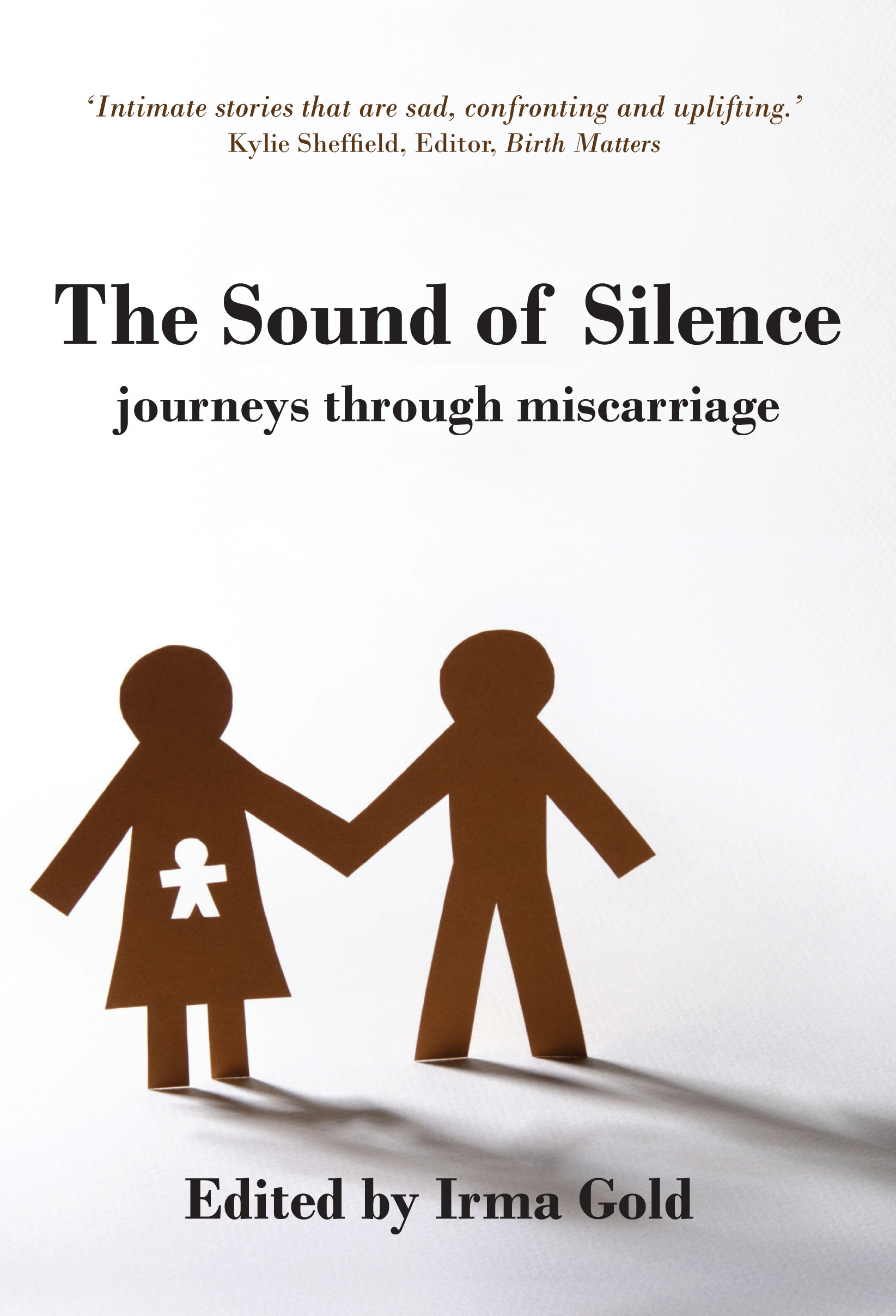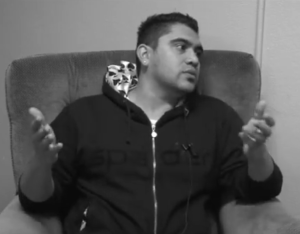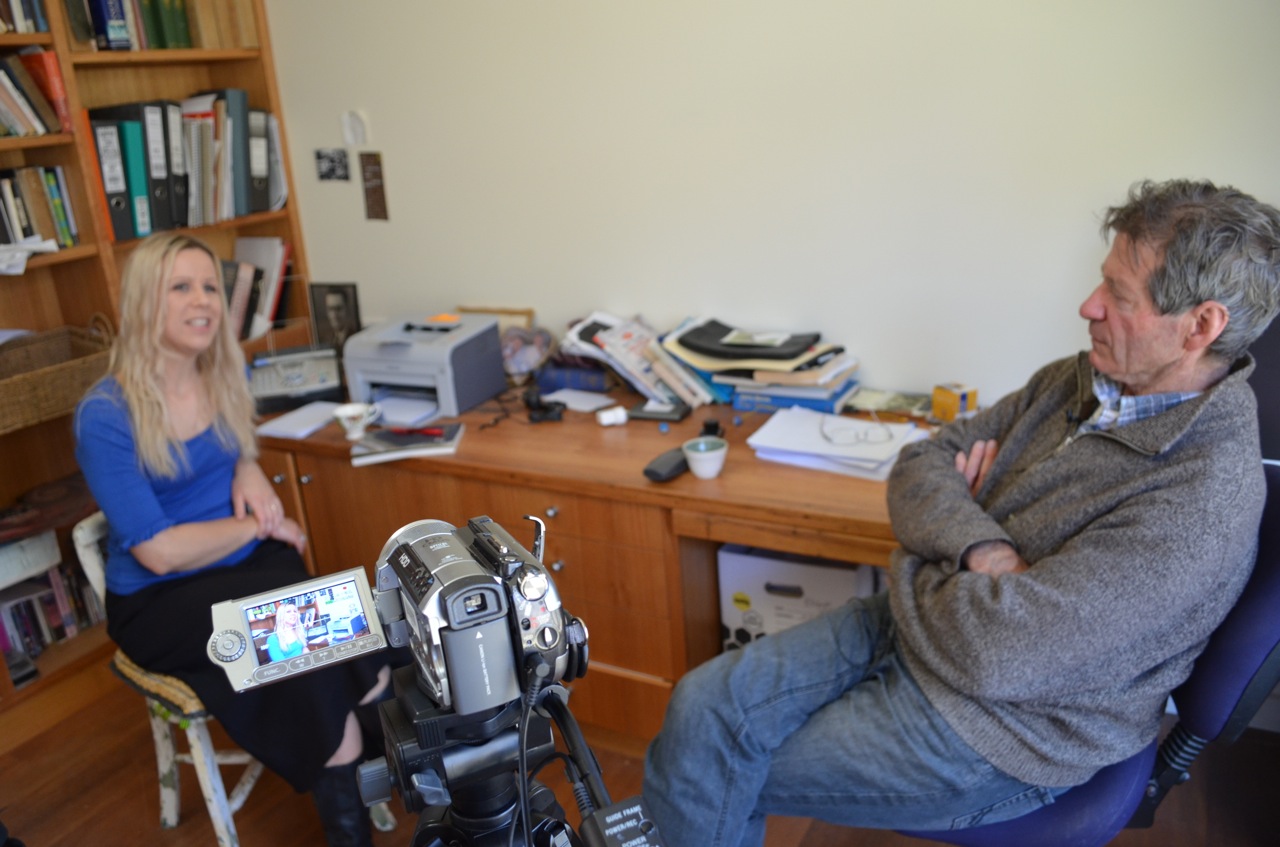 A lovely bit of news. The Sound of Silence has been shortlisted for the ACT Writing and Publishing Awards (Nonfiction). A big thank you to the 22 women who so bravely shared their stories of miscarriage and prevailed with me through the lengthy editing process. It seems it was all worth it. Given that miscarriage is a subject that is not openly discussed it’s great to have another platform to bring the book to the public’s attention. The award winners will be announced in December. Keep your fingers crossed for us! You can read more about the book here.
A lovely bit of news. The Sound of Silence has been shortlisted for the ACT Writing and Publishing Awards (Nonfiction). A big thank you to the 22 women who so bravely shared their stories of miscarriage and prevailed with me through the lengthy editing process. It seems it was all worth it. Given that miscarriage is a subject that is not openly discussed it’s great to have another platform to bring the book to the public’s attention. The award winners will be announced in December. Keep your fingers crossed for us! You can read more about the book here.
This collection of stories is achingly beautiful. Parenting Express
Deeply moving and honest…We all can benefit from the wisdom and experience of the stories captured and shared here. Birth Psychology, journal of the American Association of Prenatal and Perinatal Psychology and Health
https://www.youtube.com/watch?v=tQXM1bqywO0












